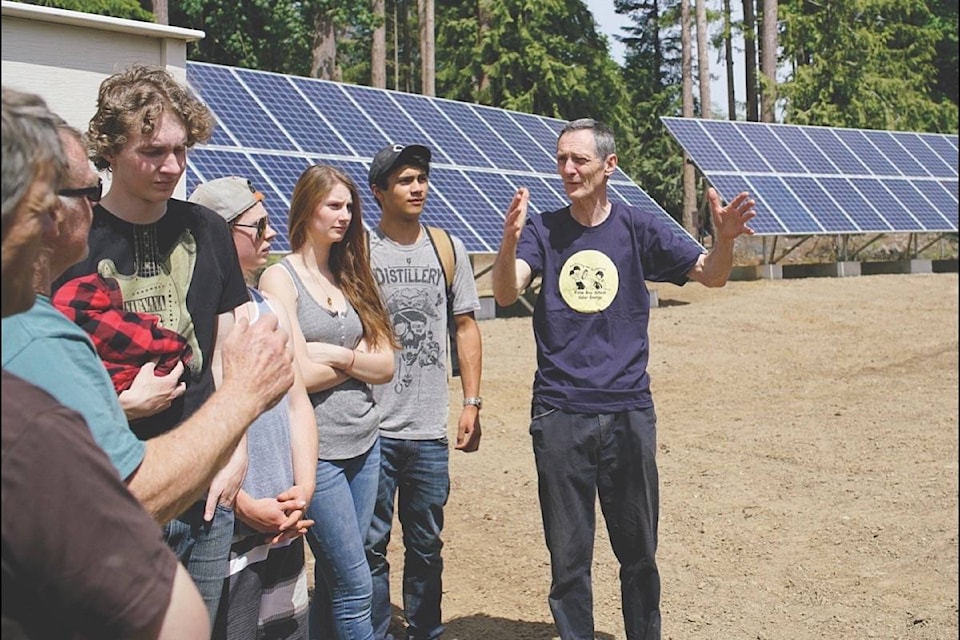School District 69 has experienced savings through its various energy saving measures initiated since 2014.
The annual total utility expenditures for SD69 on hydro, natural gas and propane have gone down despite the increasing costs of fuel and electricity.
In 2014, the SD69’s utility costs for the whole year was $777,884 and for 2017-18, that amount has gone down to $766,601 and is expected to be down again for 2018-2019 to $738,365.
Staff attributed the savings to various capital funding opportunities that promote clean energy and also drive efficiencies.
The energy-saving projects the school district have successfully implemented were funded through provincial and federal grants. The Carbon Neutral Grant for instance paid for boiler replacement in 2014 and lighting upgrades in 2016. The Annual Facility Grant helped financed four new boilers in 2015, 2016 and 2018, as well as a transformer in 2017 and more lighting upgrades in 2016.
RELATED: Lasqueti school solar panel organizer wins award
Various energy and federal grants in partnership with Island Trust, funded the solar array project and energy upgrades at False Bay Elementary school.
With the school district experiencing lower energy costs, staff recommended to the school board that they should pursue more energy-saving initiatives. But due to financial constraints and the ability to successfully access the different grants each year, has limited staff’s ability to do more in any given year.
Staff indicated as an example is the Carbon Neutral Grant, managed by the capital branch of the Minstry of Education. It has limited annual budget to support the many competing requests it recieves from all 60 schools. The result may lead to SD69 just receiving approval once every five years.
To keep the pursuit for energy projects going, staff has found a way to finance them. They recommended the creation of a capital reserve fund, that would be taken from operational savings.
Staff asked the school board to support the the plan in principle. The amount of money to be put in reserve would be determined annually based on the school district’s financial position at year-end.
